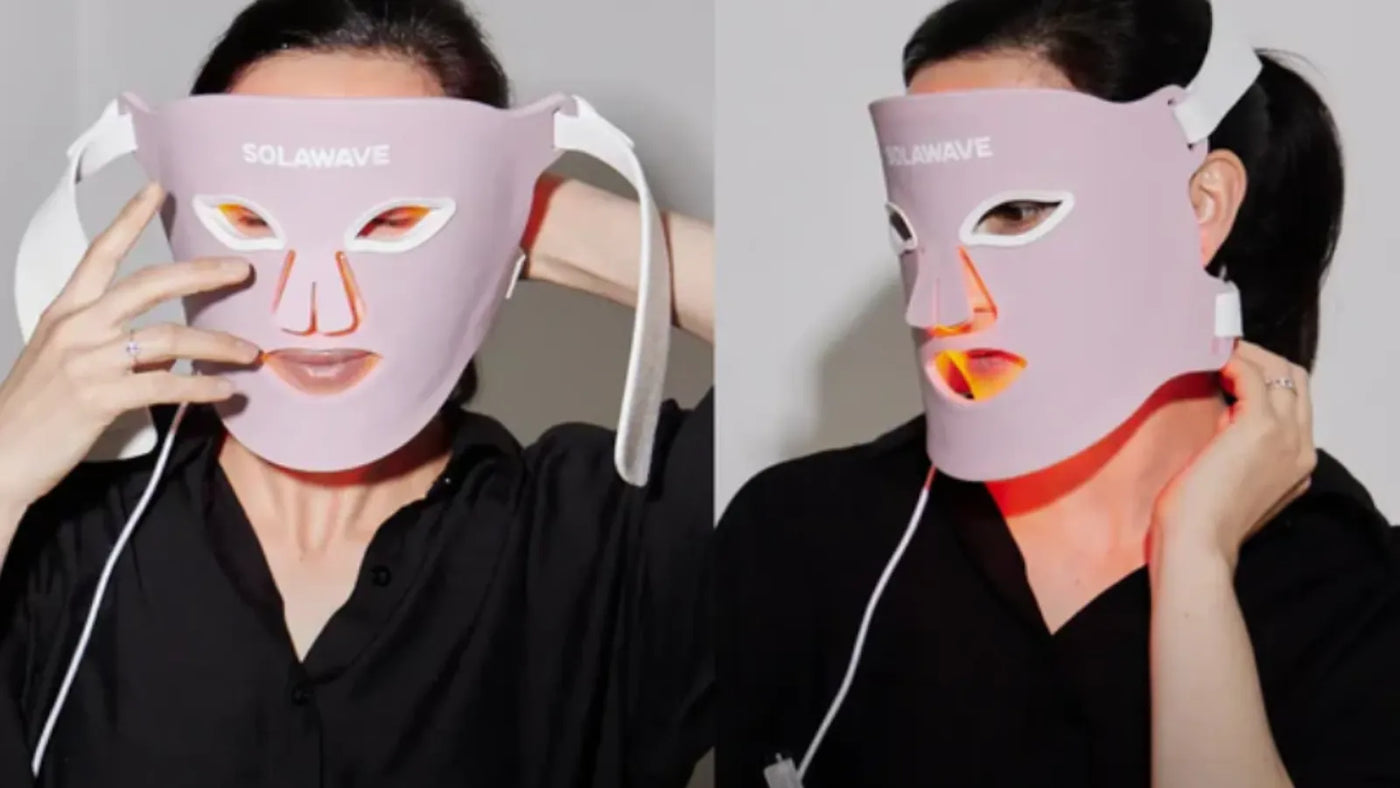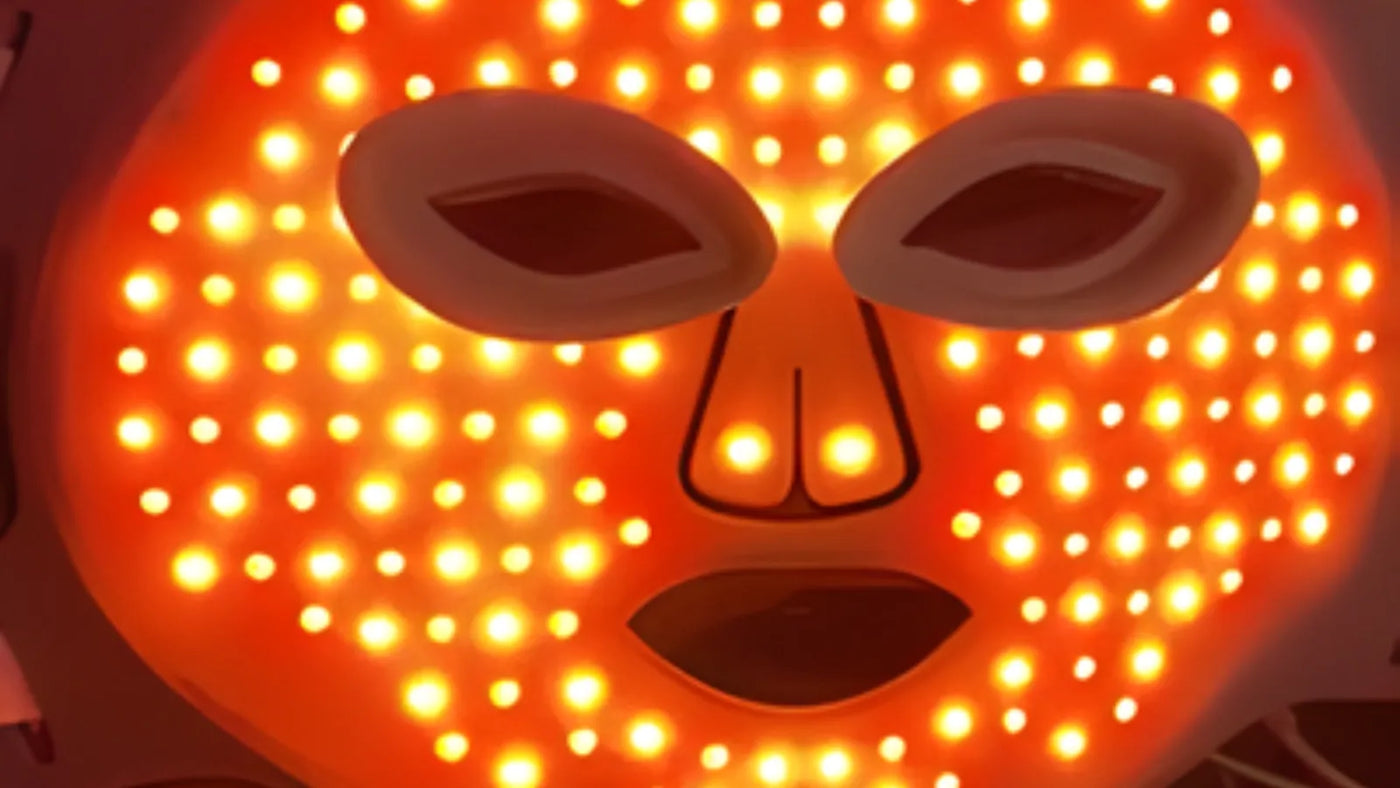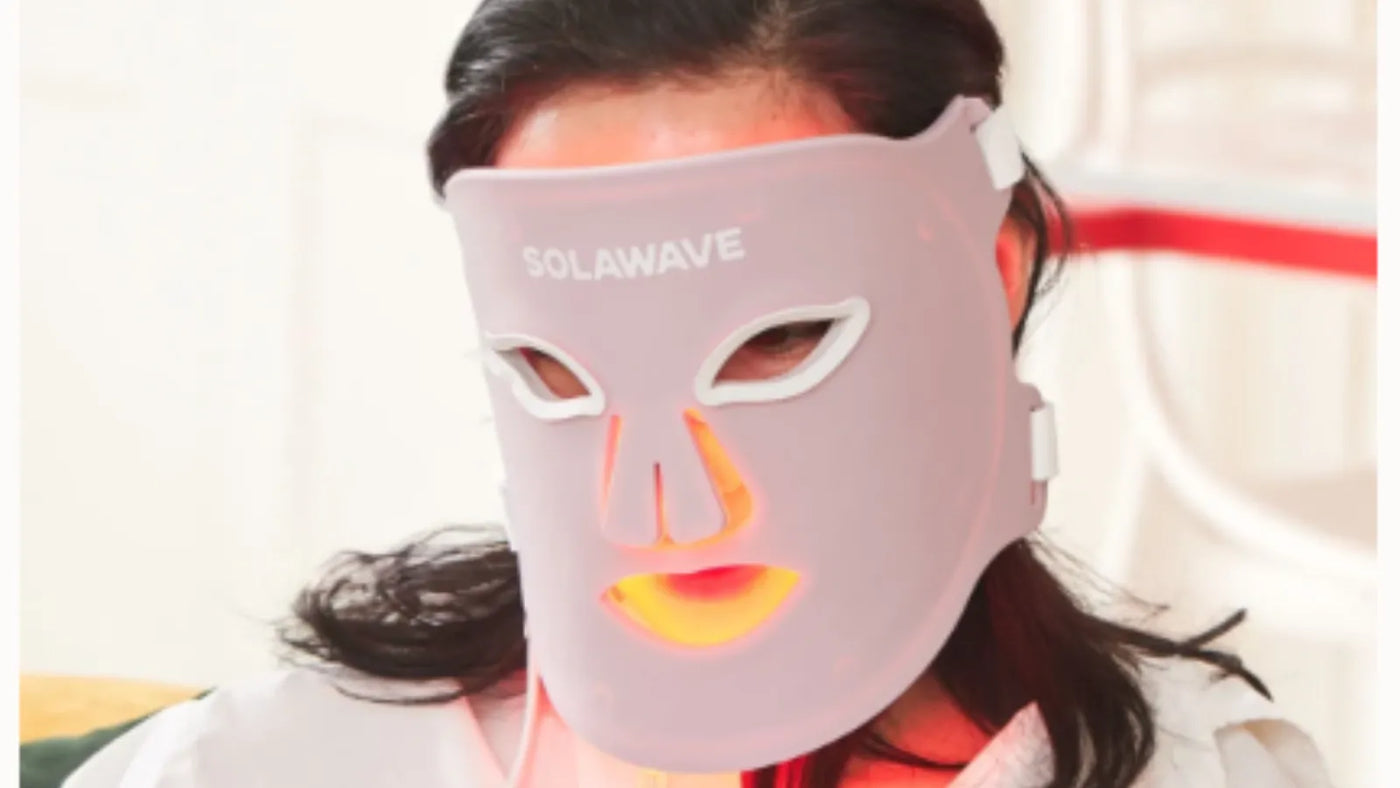

Red Light Therapy for Migraines: Does It Work?
Migraines are a complex neurological condition that can disrupt your daily life, making it difficult to work, socialize, or even rest. If you experience migraines, you know how challenging it can be to manage the pain, sensitivity to light and sound, and other symptoms that often come with an attack.
In this article, we'll talk about up-to-date information about how migraines are managed, including proven treatments and lifestyle strategies that can help reduce their frequency and severity. We’ll also take a closer look at red light therapy, a popular wellness trend, and examine what role — if any — it might play in migraine care.
What Are Migraines?
Migraines are a type of neurological disorder characterized by intense, throbbing headaches that often come with additional symptoms such as nausea, vomiting, and heightened sensitivity to light, sound, or smells. Unlike regular headaches, migraines can be extremely disruptive, sometimes lasting from a few hours up to several days and significantly impacting your ability to function.
A migraine attack typically unfolds in several stages. Some people experience a “prodrome” phase, which can include subtle warning signs like mood changes, food cravings, or fatigue. Others may have an “aura,” which involves visual disturbances such as flashing lights, zigzag lines, or temporary blind spots, usually occurring before the headache itself begins. The pain of a migraine is usually concentrated on one side of the head and can be severe enough to interfere with daily activities.
Migraines are distinct from other types of headaches. For example, tension headaches usually cause a steady, mild to moderate pain on both sides of the head and rarely include symptoms like nausea or aura. Cluster headaches, while also severe, have different patterns and symptoms.
Migraines are quite common, affecting about 12% of the population. Women are three times more likely to experience migraines than men, and the condition often begins during adolescence or early adulthood. Genetics can play a significant role, and certain factors such as hormonal changes, stress, and specific environmental triggers can increase your risk of developing migraines.
What Causes Migraines?
Migraines are influenced by a combination of triggers and underlying risk factors. While the exact cause of migraines isn’t fully understood, researchers believe that changes in brain chemistry, genetics, and environmental factors all play a role.
Many people with migraines notice that certain situations or exposures can bring on an episode.
Common migraine triggers include:
-
Stress and Emotional Factors: High levels of stress, anxiety, or sudden emotional changes can trigger migraines by affecting the brain’s chemical balance and blood flow.
-
Hormonal Changes: Fluctuations in hormones, especially in women, are a well-known trigger. Migraines often occur around menstruation, pregnancy, menopause, or when starting or stopping hormonal medications.
-
Certain Foods and Drinks: Some foods and beverages contain ingredients that may provoke migraines in sensitive individuals. Common culprits include aged cheeses, chocolate, processed meats, alcohol (especially red wine), and excessive caffeine.
-
Sensory Stimuli: Bright or flickering lights, loud noises, and strong smells can all set off a migraine in some people.
-
Sleep Patterns: Both too much and too little sleep, as well as changes in your regular sleep schedule, can increase your risk of a migraine attack.
-
Environmental Factors: Changes in weather, such as shifts in barometric pressure or extreme temperatures, can also be triggers for some individuals.
In addition to these triggers, certain underlying risk factors can make you more susceptible to migraines. Genetics play a significant role — if you have a family member with migraines, your risk is higher. Other medical conditions, such as depression, anxiety, epilepsy, or chronic pain disorders, can also increase your likelihood of experiencing migraines.
Proven Treatments for Migraines
Managing migraines effectively often requires a combination of approaches tailored to your unique needs and triggers. While there is no cure for migraines, several proven treatments can help reduce the frequency, severity, and impact of migraine attacks.
Because migraines are complex and can vary greatly from person to person, it’s essential to work with a healthcare provider to find the most effective combination of treatments for you. Your provider can help you weigh the benefits and risks of each option and adjust your plan as needed to help you achieve the best possible quality of life.
Medications
There are two main categories of medications used for migraines: acute treatments and preventive medications.
-
Acute Treatments: These are taken at the onset of a migraine attack to relieve symptoms. Common options include triptans (such as sumatriptan), nonsteroidal anti-inflammatory drugs (NSAIDs) like ibuprofen, and newer medications called gepants. These medications work best when taken early in the course of an attack.
-
Preventive Medications: If you experience frequent or severe migraines, your healthcare provider may recommend daily medications to reduce how often migraines occur. Preventive options include beta-blockers, anticonvulsants, and CGRP inhibitors. These medications are chosen based on your overall health and any other conditions you may have.
Lifestyle Modifications
Making certain lifestyle changes can play a role in managing migraines. Identifying and avoiding triggers is an important first step, and keeping a migraine diary can help you pinpoint specific factors — such as certain foods, stress, or changes in sleep patterns — that may lead to an attack.
Practicing good sleep hygiene by maintaining a regular sleep schedule, along with incorporating stress management techniques like meditation or deep breathing, can also help lower your risk of migraines.
Additionally, paying attention to dietary considerations — such as eating regular, balanced meals and staying hydrated — can further support your efforts to prevent migraine episodes.
Non-Pharmacological Therapies
Some people benefit from therapies that don’t involve medication.
Biofeedback and relaxation techniques can teach you how to control certain body functions, such as muscle tension and heart rate, which may help reduce the frequency and severity of migraines. Learning to recognize early signs of stress or physical tension and using these techniques to calm your nervous system may help prevent a migraine from escalating. For example, biofeedback devices provide real-time information about your body’s responses, allowing you to practice deep breathing or progressive muscle relaxation to lower stress levels and reduce the likelihood of a migraine attack.
Additionally, regular physical activity and targeted physical therapy can play an important role in preventing migraines and supporting your overall well-being. Exercise helps regulate hormones, improves blood flow, and reduces stress — all factors that can contribute to fewer migraine episodes.
Physical therapy, especially when tailored to your specific needs, can address muscle imbalances, improve posture, and relieve tension in areas like the neck and shoulders, which are common sources of migraine-related discomfort.
Together, these non-pharmacological approaches can empower you to take an active role in managing your migraines and improving your quality of life.
Medical Procedures
For those with chronic or hard-to-treat migraines, certain medical procedures may be recommended.
Nerve blocks involve injections that target specific nerves associated with migraine pain, providing relief for some individuals when other treatments have not been effective. Another option is Botox injections — onabotulinumtoxinA — which are FDA-approved specifically for chronic migraines. These injections can help reduce the number of headache days each month and are typically administered by a healthcare professional as part of a comprehensive migraine management plan.
Light Therapy and Migraines: What Does the Research Say?
Light Therapy is a broad term that refers to the use of specific wavelengths of light to address various health and wellness concerns. It’s most commonly recognized for its role in treating Seasonal Affective Disorder (SAD), certain skin conditions, and sleep disorders. In recent years, Red Light Therapy has gained popularity as a wellness trend, with claims that it can help with everything from skin rejuvenation to muscle recovery.
Red Light Therapy for Migraines (Not Quite the Right Kind of Light)
When it comes to migraines, the scientific understanding of Light Therapy’s effects is still limited. There is currently no strong scientific evidence supporting the use of Red Light Therapy as a treatment for migraines. Most research on Red Light Therapy focuses on its potential benefits for skin health, wound healing, and muscle recovery, rather than neurological conditions like migraines.
It’s important to emphasize that, at this time, Red Light Therapy should not be considered a treatment or cure for migraines. While some people may be interested in trying it as part of their wellness routine, it should not replace proven migraine management strategies or medical advice from your healthcare provider.
Green Light Therapy for Migraines
Some studies have explored the use of Green Light exposure as a potential option for migraine and headache relief. Research suggests that exposure to a specific wavelength of Green Light may help reduce the frequency, intensity, and duration of migraine attacks for certain individuals. In these studies, participants were exposed to Green Light therapy in a controlled environment, often using specially designed Green Light lamps or goggles. The results indicated that some people experienced fewer migraine days and reported better pain management compared to exposure to other types of light, such as white or blue light, which can sometimes worsen migraine symptoms.
Despite these promising findings, Green Light therapy for migraines is still considered experimental. The research is limited by small sample sizes and short study durations, and more large-scale, long-term clinical trials are needed to determine its true effectiveness and safety.
At this time, Green Light therapy is not widely adopted in clinical practice, and there are no standardized guidelines for its use in migraine management. If you are interested in exploring Green Light therapy for migraines, ask your healthcare provider if it may be a good fit for you.
Conclusion
Proven migraine treatments include medications, lifestyle changes, non-pharmacological therapies, and certain medical procedures, all best guided by a healthcare professional. While Red Light Therapy is not indicated for migraine treatment and should not replace evidence-based care, there is emerging interest in Green Light Therapy as a potential option for some individuals. However, more research is needed before Green Light Therapy can be recommended as a standard approach. For effective migraine management, always consult with your healthcare provider to find the safest and most effective options for your needs.
Disclaimer: This article is intended for informational purposes only and should not be interpreted as medical advice or guidance. Always seek medical advice and care from a trusted healthcare professional.
Sources:





















